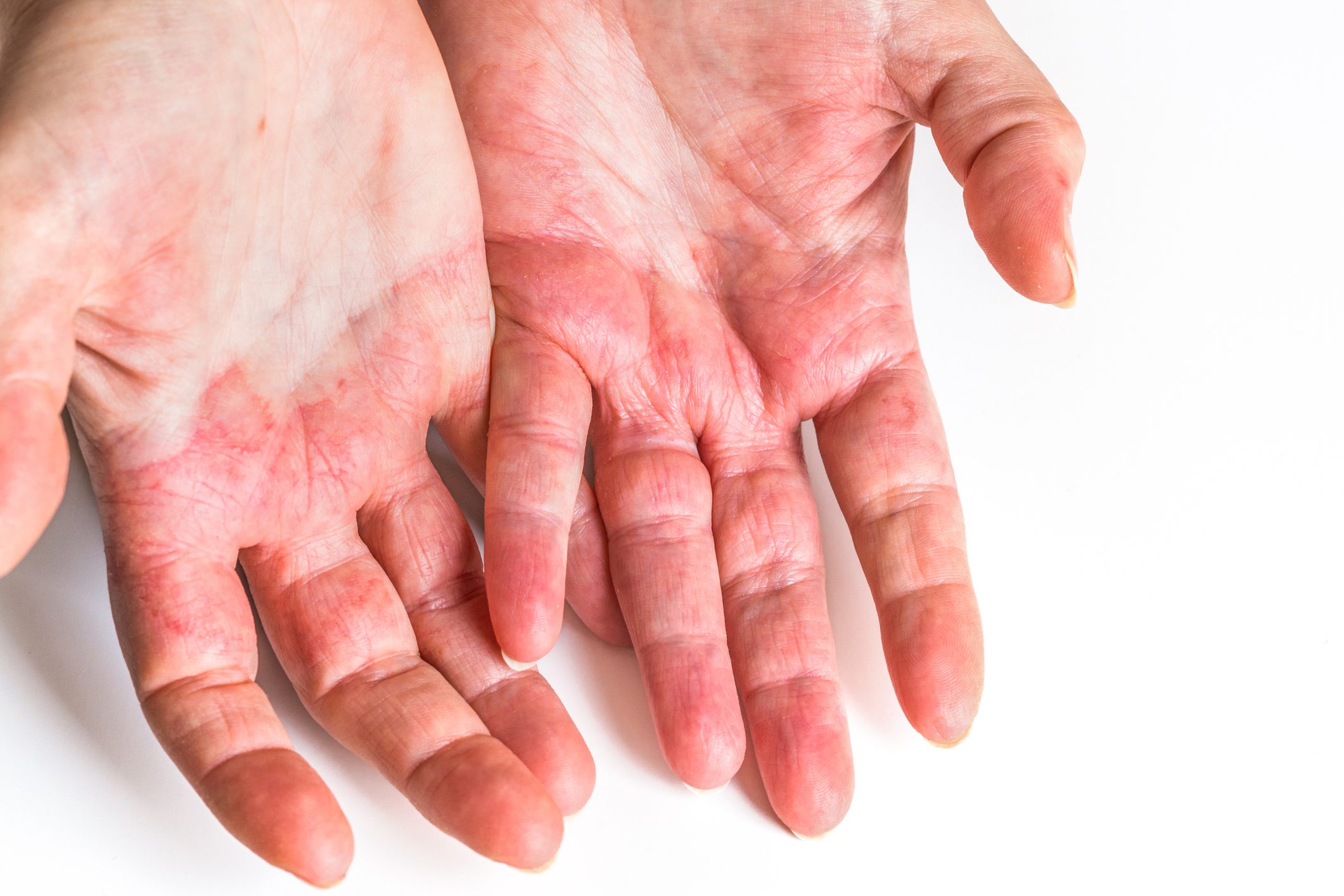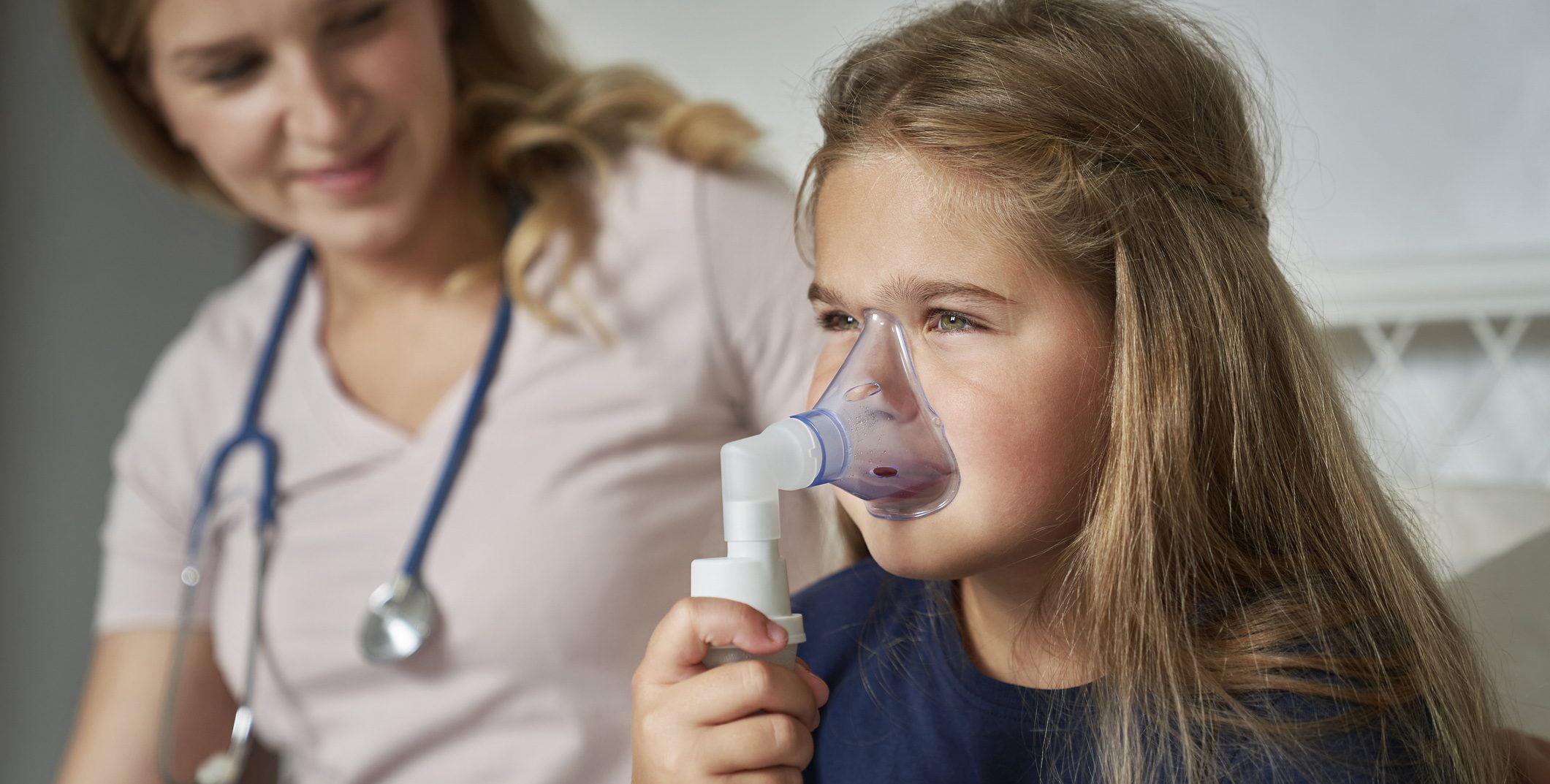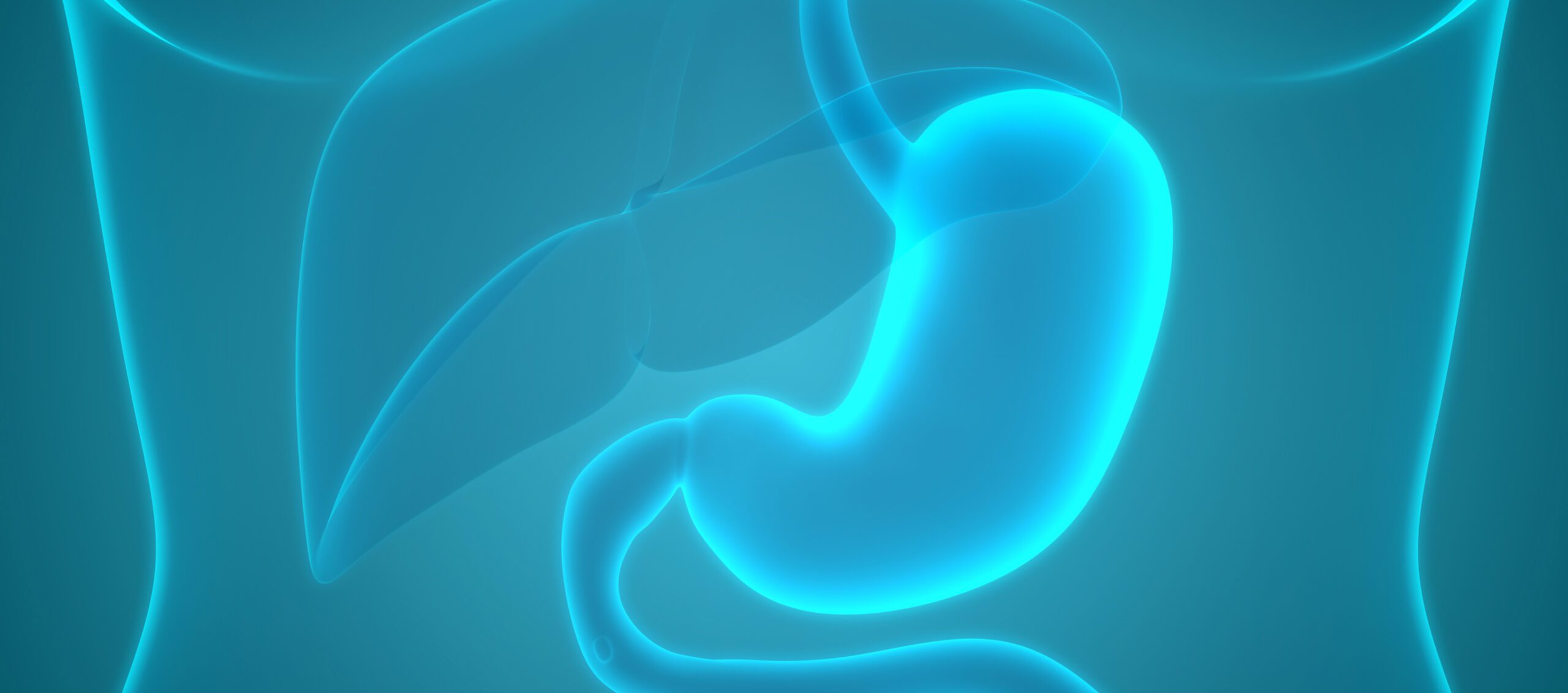Although respiratory syncytial virus (RSV) is one of the most common childhood infections and has a high morbidity and mortality rate in newborns and infants, the disease can occur in all age groups and is largely underestimated in adults. However, an infection can have severe consequences, particularly in older people.
RSV is no longer considered a disease of the young alone, but to date it remains an underestimated cause of morbidity and hospitalization in the elderly and immunocompromised worldwide. Early diagnosis is difficult, especially in elderly or frail patients where the virus can lead to more severe clinical symptoms. Currently, the most accurate and rapid diagnostic test for RSV detection is RT-PCR amplification on nasal swabs or NP.
A group of researchers from Italy, led by Franco Alfano from the Respiratory Unit, Department of Translational Medicine, University of Ferrara Medical School, Sant’Anna University Hospital, Italy, conducted a systematic review that examined, among other things, the burden of RSV in older people and people with comorbidities [1].
The highest burden of RSV infection occurs in children under five years of age (with a global incidence of 17 per 1000 people) and older adults over 70 years of age (incidence of 6.3 per 1000 people). According to the authors, data on RSV infections in older people and people with comorbidities are several decades behind the robustness of the pediatric evidence, although they have increased exponentially in recent times. Data on adults from developing countries are also scarce. Acute Respiratory Infection (A RI) with RSV is the third most common viral cause of hospitalization, especially in adults over 65 years of age, with less than 1% of adults with RSV infection requiring hospitalization. In high-income countries, it is expected that by 2025 the number of RSV-related respiratory infections in older people >65 years could reach 10 million cases, 800,000 hospitalizations and 74,000 hospital deaths. A recent meta-analysis analyzed 21 different studies on RSV infections in people aged 60 years and older in high-income countries, highlighting that the RSV-ARI attack rate in 2019 was 1.62%. The RSV-ARI hospitalization rate was estimated at 0.15%, while the RSV-ARI hospital mortality rate (hCFR) was 7.13%.
Older people are at increased risk of serious infections due to RSV
RSV infection is increasingly identified as a cause of viral respiratory illness in adults with comorbidities, including cardiovascular disease. In a meta-analysis that included 20 studies of RSV-ARI in adults with comorbidities, 18 from developed countries and two from developing countries, the incidence rate of RSV-ARI in adults with comorbidities was 30.3 per 1000 persons per year/season. These included, for example, patients with cystic fibrosis, chronic heart failure (CHF), chronic obstructive pulmonary disease (COPD) and compromised immune systems. The hospitalization rate for adults with chronic heart failure or chronic obstructive pulmonary disease over 65 years of age was 13.2 per 1000 persons per year, with an hCFR of 11%. Indeed, it has been estimated that high-income countries are at risk of developing RSV epidemics due to a combination of an ageing population, immunosenescence and the associated increased burden of comorbidities.
The researchers point out that for a long time, physicians have not considered RSV infection as a possible cause of hospitalization and relevant morbidity in adults. This, combined with the lack of specific antiviral treatments, has discouraged physicians from performing RSV diagnostic tests and has contributed to a lack of recognition or appreciation of the true impact of RSV (especially in at-risk groups). In fact, few ad hoc RSV surveillance systems are in place to assess the true impact of RSV infection and raise awareness of the risks of RSV infection in vulnerable populations. In recent years, however, RSV testing has increased significantly in the context of more efficient and affordable detection methods, such as molecular polymerase chain reaction (PCR), according to Franco Alfano and his team.
Adults ≥74 years with the highest RSV hospitalization rates
In a recent European study, almost 40% of all RSV-related hospitalizations occurred in patients aged 65 and older. Of the 158,000 RSV-related hospitalizations in adults over the age of 18, 92% (145,000) were in patients over the age of 65.
Adults aged 75-84 years had the highest annual hospitalization rate due to RSV at 75,000 cases per year, a rate of 2.24 per 1000 adults per year, with the highest rate in older adults over 85 years. Comparable data were reported from the United States, where 159,000 RSV-related hospitalizations were recorded in adults over 65 years of age. Overall mortality in patients hospitalized for RSV is 6-8% and accounts for 25% of excess winter mortality. The Italian researchers emphasize that there is still hardly any data available from Southern and Eastern Europe. Furthermore, while the available data on RSV hospitalizations probably reflect the overall burden of the infection, the estimated burden of the disease in the general population is still uncertain. Between 10% and 31% of adults hospitalized for RSV infection require ICU support, while 3-17% of them require mechanical ventilation. Of all high-risk patients (with cardiopulmonary disease or immunodeficiency) infected with RSV, 32% require hospitalization and 26% require ICU support. The data show that mortality rates in adults aged 65 years and older with RSV infection in hospital range from 11 to 18%, with an estimated 13% mortality rate in patients with cardiopulmonary disease among European high-risk patients.
The clinical symptoms of RSV infection in the elderly differ little from those of influenza or other respiratory viruses, but some symptoms may be more suggestive of one of the pathogens. High fever is more commonly associated with influenza. Similarly, malaise, weakness and muscle aches and gastrointestinal symptoms are less common with RSV infection than with influenza.
In general, there is a wide range of clinical manifestations, from asymptomatic disease to acute pneumonia and severe life-threatening respiratory distress (Tab. 1). In adults, asymptomatic infections are less common than in younger patients (<5%). Most adults develop signs of upper respiratory tract disease within five days of infection, such as rhinorrhea, nasal congestion (22-78%) or pharyngodynia (16-64%). Lower respiratory tract infections (LRTI ) can cause cough (85-95% of cases), wheezing (33-90%) and dyspnea (51-93%), suggesting direct or indirect damage to the lower respiratory tract by RSV. Nonspecific systemic symptoms include fever, weakness and loss of appetite (48-56%), which can vary in intensity and severity, although they are less common than in influenza infection. In contrast to influenza virus infections, whose clinical expression peaks 2-3 days after the onset of the first symptom, RSV infection usually develops symptoms 4-7 days after exposure, peaking between days 7 and 13.
Hygiene measures for RSV prevention
Several studies have demonstrated an increased risk of exacerbations of chronic respiratory diseases (such as asthma and COPD) and an increased cardiovascular risk in both immunocompetent older people and people with multiple comorbidities. RSV infection is an important cause of COPD exacerbation; it has been identified with varying frequencies from 0.8 to 22% of acute cases depending on the diagnosis.
The relationship between cardiopulmonary disease and the severity of RSV-associated respiratory disease is likely multifactorial and includes changes in immune function, hypoxia and febrile stress, as well as possible prothrombotic changes caused by the infection and associated inflammation. In a large multicenter study of 607 patients hospitalized with RSV in Hong Kong, cardiovascular complications (heart failure, atrial fibrillation, acute coronary event) occurred in 19.4% of adults (18-65 years) with RSV infection and in 21.3% of immunocompetent elderly (>65 years) and 25.6% of patients with COPD. In a Canadian study of patients hospitalized for RSV infection who had cardiovascular complications (14% heart failure exacerbation, 8% new arrhythmia, 2% stroke and 1% myocardial infarction), 52% of patients had a history of heart disease. Acute cardiovascular events were the direct cause of death in 16.7% of the 72 patients with RSV who died within 60 days of hospitalization.
A number of risk factors for RSV infection in hematopoietic stem cell transplantation have been identified, such as male gender, type of transplant (i.e. allogeneic), cytomegalovirus seropositivity and implantation status. RSV infection is also of particular importance in lung transplant recipients. The estimated incidence of community-acquired respiratory viral infections in lung transplant recipients is 15-50 cases per 100 patient-years, and RSV is responsible for 19% of these infections (i.e. 2-10 per 100 patient-years.
Like other respiratory viruses, RSV is classically transmitted by inhalation of aerosol droplets and, especially in children, by contact with carriers of the infection. Good hygiene practices therefore play a fundamental role in reducing the transmission of this infection. Therefore, prophylaxis has rapidly become the most effective means of reducing the spread of RSV and its clinical impact in the population, especially in the most vulnerable patients, such as the elderly, patients with multi-organ diseases or patients living in care facilities. Hygiene measures, such as procedural or structural interventions, have significantly reduced respiratory virus transmission, but active prophylaxis remains essential and should be continued, focusing on individuals at higher risk of severe disease, the Italian authors conclude.
Literature:
- Alfano F, et al: Respiratory Syncytial Virus Infection in Older Adults: An Update. Drugs Aging 2024; 41: 487-505; doi: 10.1007/s40266-024-01118-9.
InFo RHEUMATOLOGIE 2024; 6(2): 20-21













